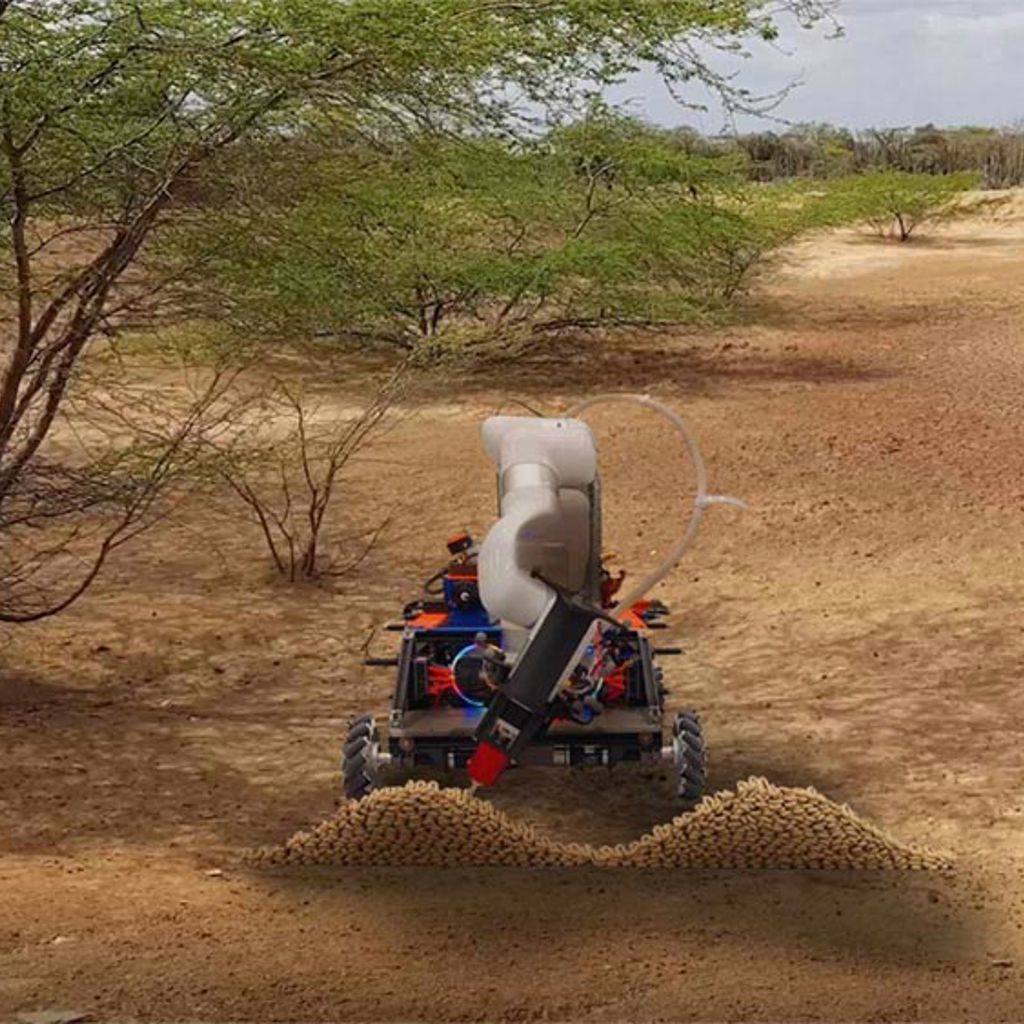For the last few years, the tantalising prospect of the digital twin has captured people’s imaginations.
Buildings, bridges, airports and other assets, represented in a virtual form, displaying every aspect of their current use, occupancy, performance and cost, in real-time, accessible from anywhere. This is possible thanks to the convergence of existing, emerging and affordable technologies like BIM, 5G, sensors, backed with programming expertise. The digital twin promises to turn disparate data into actionable business intelligence for the first time.
Utopias aren’t built in a day
Like many technologies, initial hopes for digital twins gave way to concerns about practicality, cost and likely return on investment. But, also in common with many technologies, a few years after the hype, the digital twin is starting to become a reality. It’s a case of embracing the idea, building in stages, and gradually realising the operational benefits.
There are immediate benefits to developing a digital twin. Plainly, there’s value in embedding technology that reports on energy and resource use, occupancy and maintenance issues. These insights can lead to lower costs, the ability to offer new services, higher profits, but also over time, lead to better design choices. Data has an endless capacity to reveal new things and challenge one’s existing assumptions.













